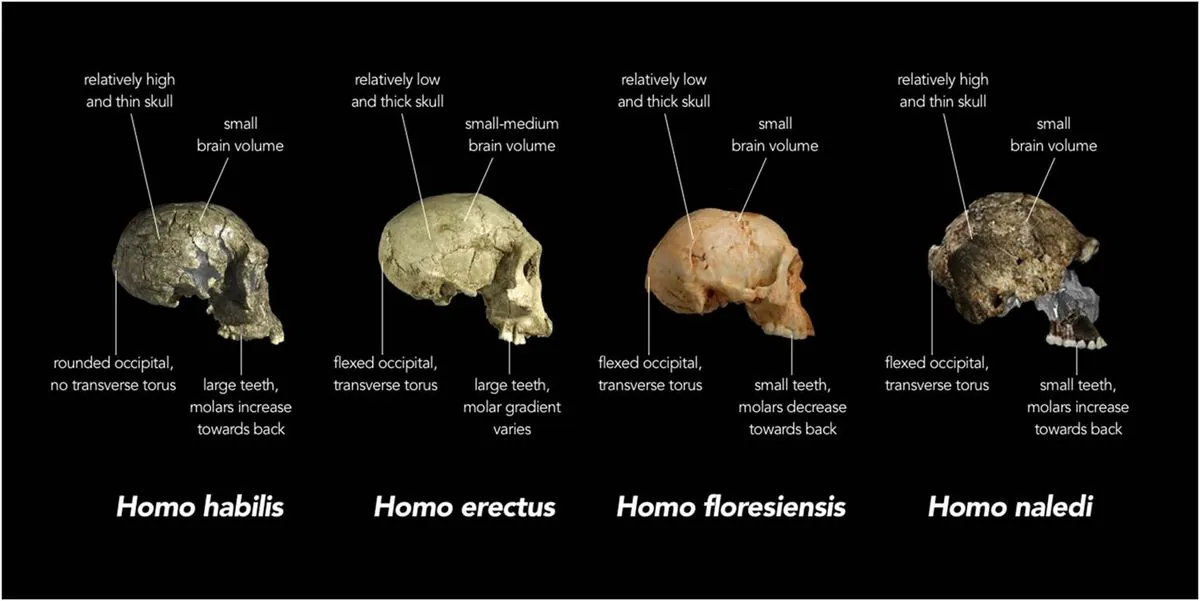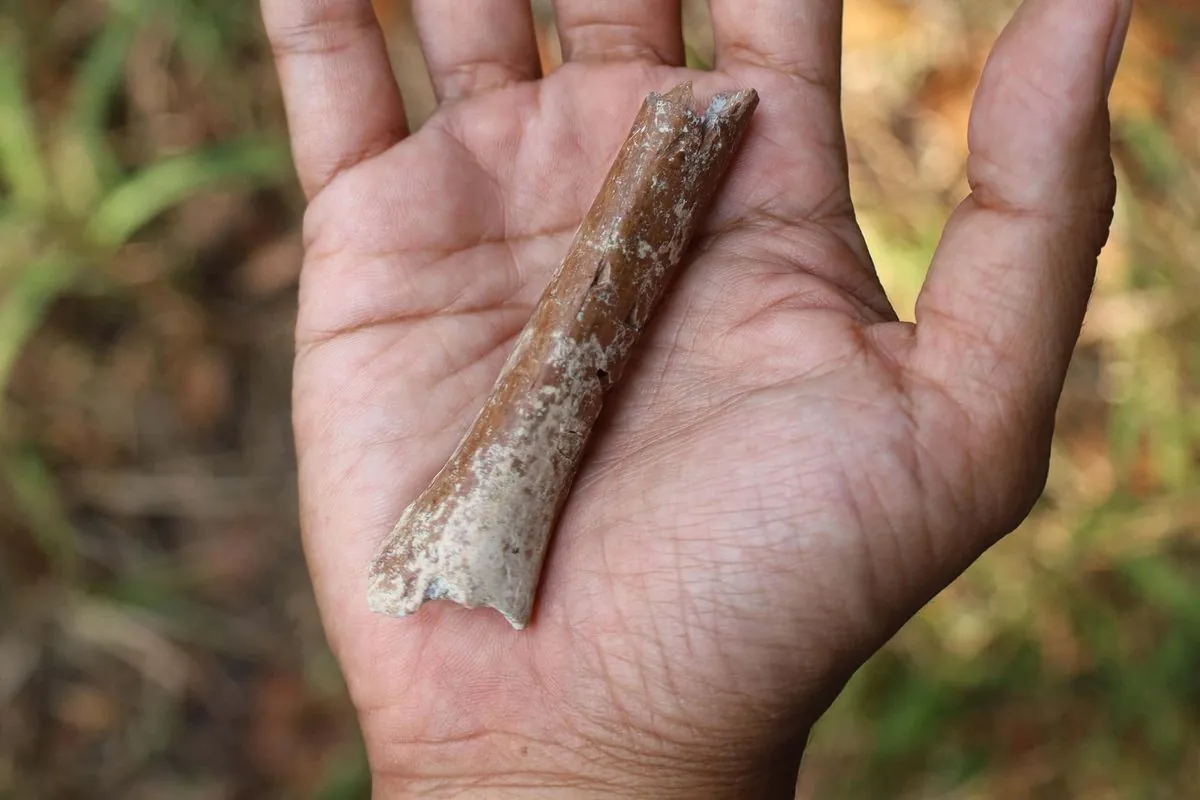Tiny Ancestors: New Findings Shrink 'Hobbit' Human Relatives
Scientists discover that ancestors of the 'hobbit' human species were even shorter than previously thought. New fossils dated 700,000 years ago reveal insights into human evolution on Indonesian islands.

Twenty years after the discovery of the diminutive human species Homo floresiensis on the Indonesian island of Flores, new research suggests their ancestors were even more petite. The original fossils, dating back 60,000 to 100,000 years, revealed individuals standing at approximately 1.07 meters tall. However, a recent study indicates that their predecessors, existing 700,000 years ago, were slightly shorter.
Yousuke Kaifu, a study co-author from the University of Tokyo, expressed surprise at finding smaller individuals from such an ancient site. The new fossils were unearthed at Mata Menge, about 72 kilometers from the original discovery location. Analysis of a small arm bone fragment and teeth suggests these ancestors were roughly 6 centimeters shorter than their descendants.

Dean Falk, an evolutionary anthropologist at Florida State University not involved in the research, confirmed the convincing evidence of these diminutive individuals. The findings, published in Nature Communications, contribute to the ongoing debate about the evolution of Homo floresiensis and its place in human history.
The evolution of Homo floresiensis, nicknamed "hobbits" due to their small stature, remains a subject of scientific inquiry. Researchers are still uncertain whether they evolved from a taller species like Homo erectus, which lived in the area, or from an even more primitive human ancestor. The island of Flores, part of Indonesia's Lesser Sunda Islands, has been isolated from mainland Asia for at least 1 million years, potentially influencing the unique evolutionary path of its inhabitants.
Matt Tocheri, an anthropologist at Canada's Lakehead University, emphasizes that more research and fossil evidence are needed to determine the exact place of Homo floresiensis in human evolution. This species, with a brain size of about 380 cubic centimeters, is believed to have used stone tools and possibly hunted local dwarf elephants called Stegodon.
The discovery of Homo floresiensis has challenged previous theories about human evolution. Some researchers suggest they may have evolved from Homo habilis, while others point to the "island rule" in evolution, which can lead to dwarfism in large animals and gigantism in small ones.
As scientists continue to unravel the mysteries of human evolution, the tiny inhabitants of Flores remind us of the diverse paths our ancestors took. The coexistence of Homo floresiensis with modern humans until their extinction around 50,000 years ago adds another layer to the complex story of human development.
"They've convincingly shown that these were very small individuals."
The ongoing research into Homo floresiensis and its ancestors not only sheds light on human evolution but also highlights the unique fauna of Flores, including giant rats and Komodo dragons. As we approach the 20th anniversary of the initial "hobbit" discovery, the quest for understanding our diverse evolutionary past continues, with each new finding adding a piece to the intricate puzzle of human history.


































